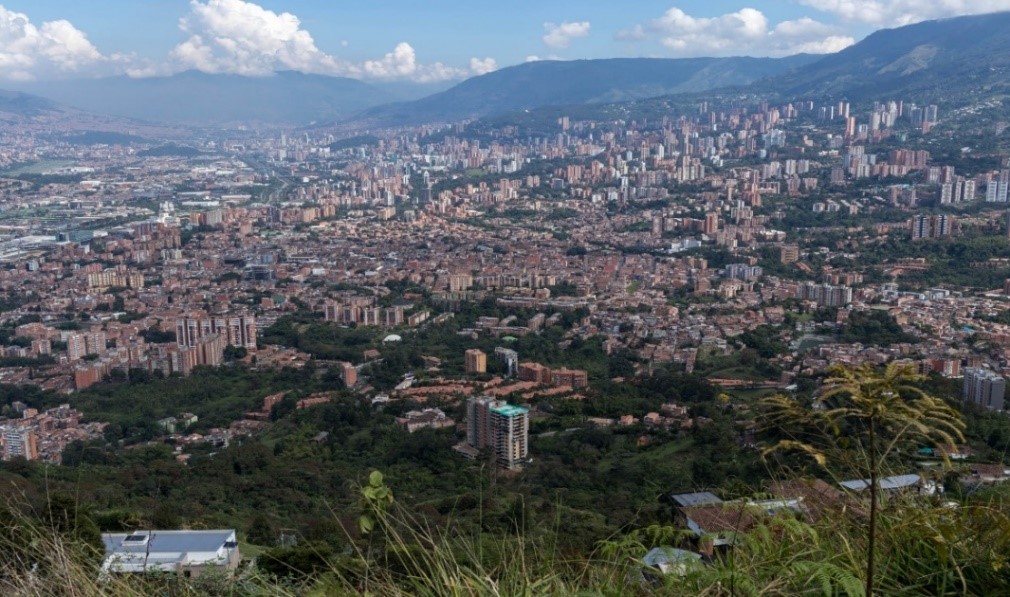
The municipality of Envigado (Colombia) in the Medellín metropolitan area has 230,000 inhabitants and consists of 70 km2 mixed urbanised, rural and peri-urban areas.
Formal and informal developments as well as agricultural activities stretch between the banks of the Medellín river and the slopes of Aburrá valley, exerting pressure on the city’s green areas and ecological structure. Envigado includes areas of well-conserved forest with high biodiversity, including species on the IUCN Red List.
Envigado has introduced a number of measures to protect its ecological structure. These include SILAPE (Sistema Local de Areas Protegidas de Envigado), a local system of protected areas covering 40% of the municipality’s area – an innovative solution in Colombia, developed locally to deal with the shortcomings of national-level regulations for protected areas, which have limited to no applicability for urban and peri-urban areas. SILAPE enables the identification and protection of main ecological structures, ecosystem services and their management through the implementation of an Environmental Management Plan. The city’s municipal development plan aims to consolidate the main ecological structures and restore urban and rural ecological connectivity. Beyond local measures, Envigado is leading the effort, together with ten municipalities belonging to the same conurbation, to protect important ecosystems in the region through e.g. the creation of a metropolitan green belt and the implementation of regional watershed management plans.
Through its participation in INTERLACE, Envigado intends to improve environmental and development policies and create a network of communities to exchange knowledge and practice on the consolidation of ecological structures, ecosystem restoration, and NBS. As a leading municipality in the state of Antioquia in terms of municipal management of protected areas, Envigado wants to serve as a model for other municipalities, to be able to strengthen the regional ecological structure.
